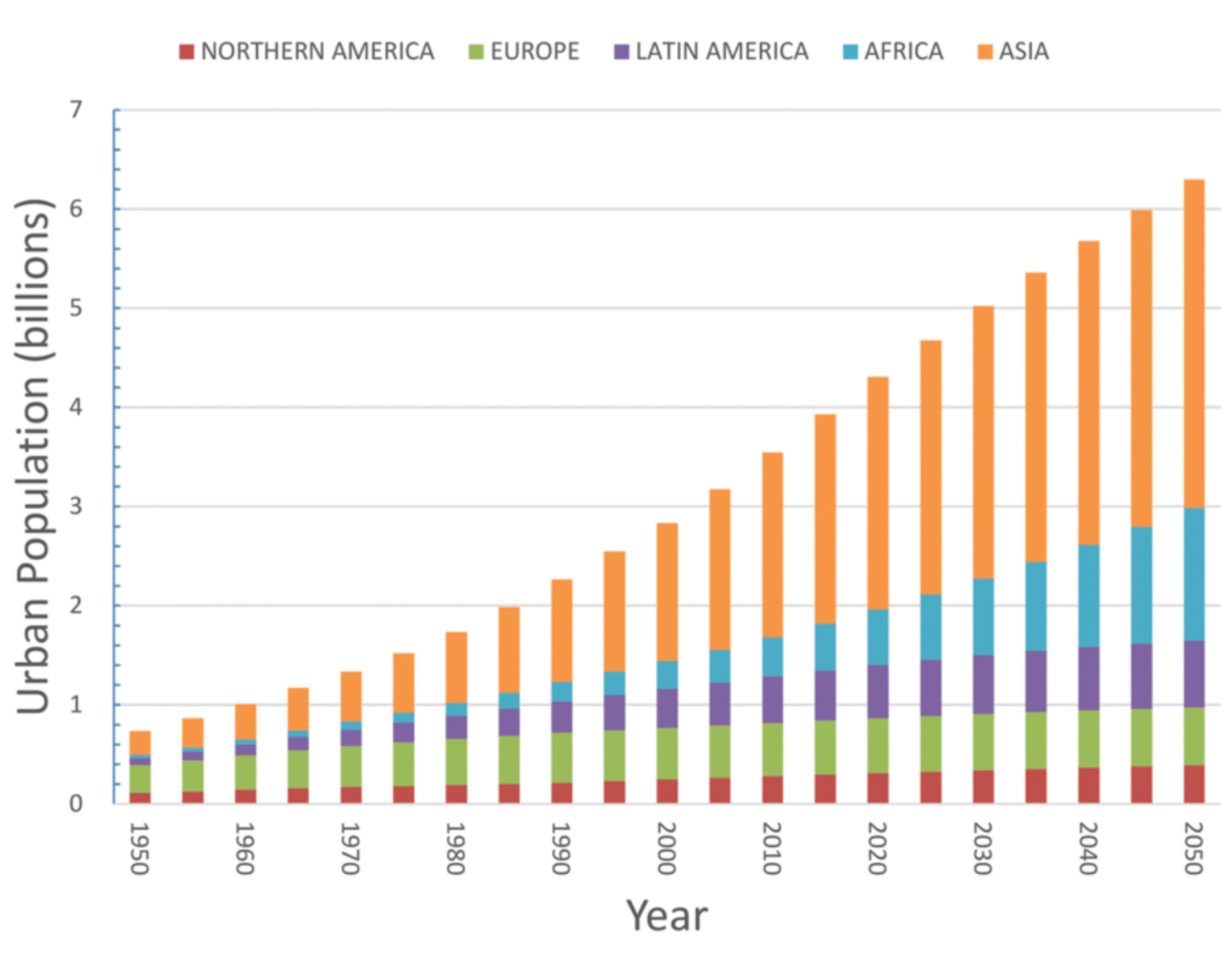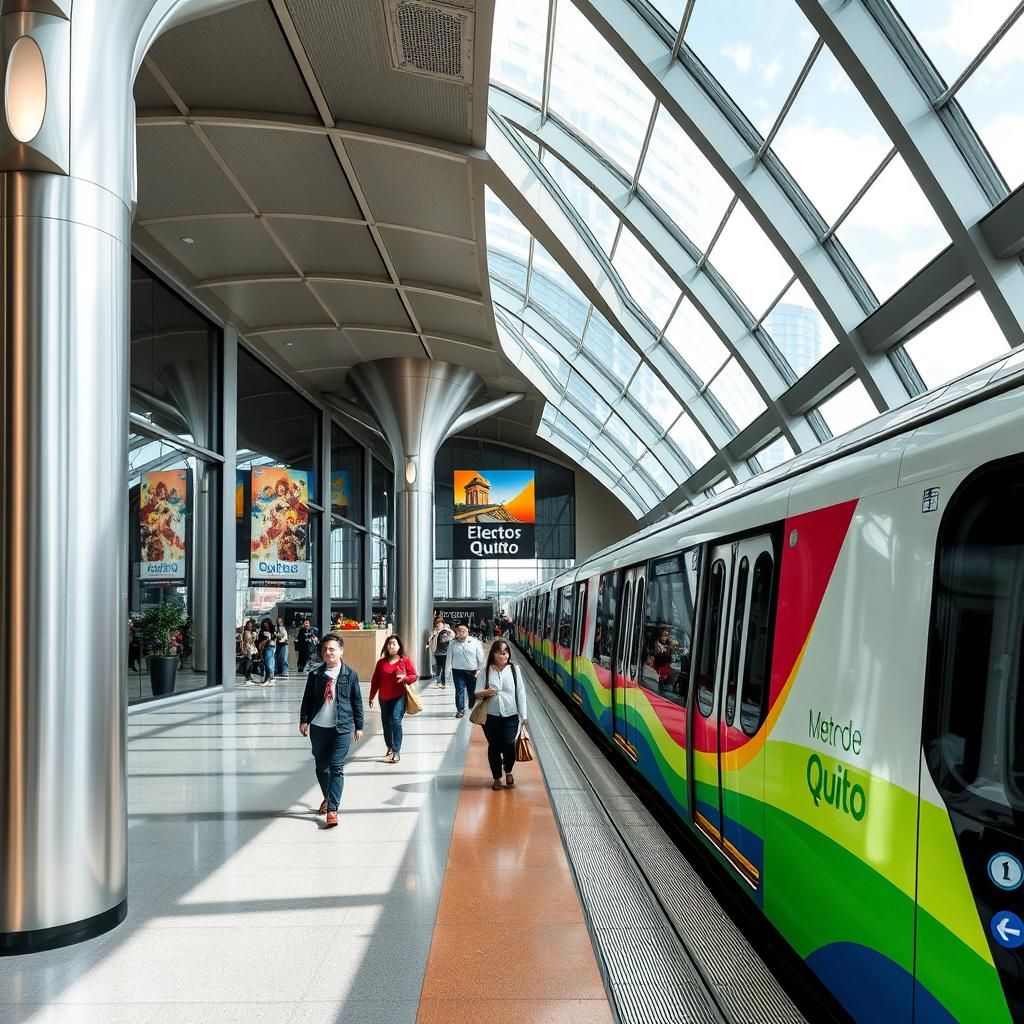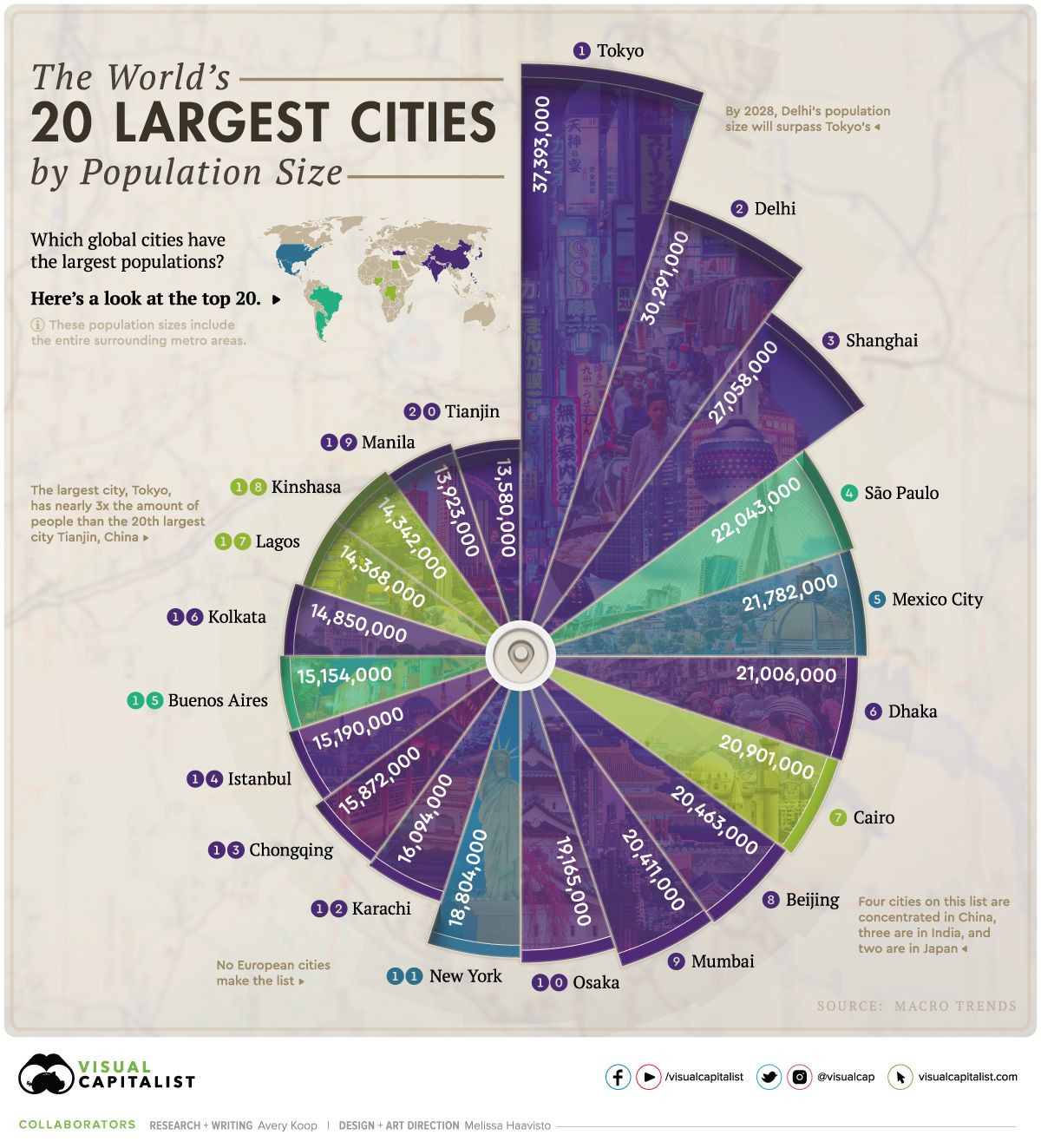- Supercool
- Posts
- 🌐 Cities Have The Climate Ambition—Now Mayors Are Rewriting Global Finance to Match
🌐 Cities Have The Climate Ambition—Now Mayors Are Rewriting Global Finance to Match
He fought a president to build climate infrastructure. Now he’s helping cities unlock the capital to do the same.
The world created a financial system at the end of World War II. It rebuilt nations. But the world changed. Now the system must too.
Cities generate 70% of global carbon emissions and consume 80% of global energy, but they are often locked out when seeking capital to finance climate solutions.
That’s because the global financial system, created at Bretton Woods in New Hampshire in 1944 to govern the post-WWII order, never considered the role of cities.
And with good reason. Eighty years ago, when institutions like the IMF and World Bank were created, the urgency was to rebuild countries decimated by war. At the time, just 29% of the global population lived in cities.
But the world changed. Today, 56% of humans live in cities—over 4 billion people. Urbanization is accelerating at a breathtaking pace. Cities are central actors. Their actions and policies often affect lives as much as, if not more than, national governments.
To solve climate change, something has to give.

Urban population growth since 1950. Source: UNDP World Urbanization Prospect dataset (2014)
The Quito, Ecuador Experience
Mauricio Rodas knows this problem firsthand. As mayor of Quito, Ecuador, the nation’s capital, he had to fight for national approval to fund a subway.
"I had financing lined up from four development banks. But I couldn’t access a dollar without a sovereign guarantee. And the president refused to give it to me," Mauricio told me.
In 2014, Rodas was seen as a rising political threat to President Rafael Correa, and Correa wasn’t eager to help a rival deliver the country’s biggest infrastructure project.
So Mauricio built public pressure, forced the issue, and got the funding. Quito built the subway on time. On budget. In three years. As an adult, I’ve lived in cities from Nanjing to Paris and New York City to Los Angeles. Building a subway system in three years in any of those cities? It’s inconceivable.
Mauricio got it done.
"We met the calendar. We met the budget. That never happens — not even when you build your own house."
At the time, 56% of Quito’s emissions came from transportation. The metro was a direct climate solution and a reflection of Mauricio’s deeper philosophy: world-class infrastructure should cut carbon and improve everyday life.
He saw the metro as a public luxury good—infrastructure built so well, so beautifully, that everyone would want to use it. Rich or poor, young or old, it would raise everyone’s quality of life.

The new Metro in Quito, Ecuador.
That system now transports hundreds of thousands daily, cutting emissions, reducing traffic, and transforming how people experience their city.
"There are two kinds of cities," Rodas said. "Those with metros, and those without. We needed to be one that had one. That mattered."
Rodas also rebuilt La Carolina Park with professional-grade running tracks — the kind used in international competitions — and made them free and open to all. It was infrastructure designed to bring everyone together: high enough quality to attract elite athletes, yet accessible enough to become part of everyday life.
"Instead of going to your VIP club, you went to the public racetrack — because it was better," says Mauricio.

The race track at La Carolina Park in Quito.
Again, a public luxury good. That’s what smart climate infrastructure does. It creates low-carbon amenities, upgrades everyday life, and democratizes cities.
Cities Have The Ambition. But Not The Capital.
Most mayors already have comprehensive climate plans. They know what needs to be built. But the money isn’t there.
Only 44% of countries allow their cities to borrow capital. In other instances, national approval is needed.
"You have to ask permission to do the right thing. That’s absurd," says Mauricio.
It’s a situation that no longer feels tenable when considering the explosion of urban population growth. The median country population is 8 million people. Today, 49 cities are larger.

The 20 largest cities in the world. Source: Visual Capitalist
Mayor Rodas: The Institutional Entrepreneur
Mauricio has never been known to follow someone else’s playbook. He creates his own.
He started a think tank in Mexico City to challenge authoritarian populism in Latin America. He launched a national political party in Ecuador based not on ideology but respect and responsibility. He ran for president, lost, and then ran for mayor of Quito and won by 21 points, becoming the youngest mayor in city history.
"I see myself as an entrepreneur,” says Mauricio. “I love creating things—political parties, subway systems, now global financial architecture."
After office, he joined the University of Pennsylvania and began teaching on urban climate finance issues.
A personal note: I was an undergrad at Penn in the 1990s, majoring in International Relations. Had Mauricio been my professor back then, I’m sure I would have pursued a career at the intersection of global finance and climate. His charisma matches his passion.
Through Penn, Mauricio has embarked on his next chapter, co-founding the SDSN Global Commission for Urban SDG Finance. The Commission’s Secretariat is hosted at the Penn Institute for Urban Research, where Mauricio is a Visiting Scholar.
The Commission’s mission: rewrite global climate finance rules so cities can fund next-generation climate infrastructure.
The Commission brings together mayors, multilateral development banks, private investors, UN agencies, and global policy experts to expedite change.
Mauricio’s playbook for revamping the climate finance status quo:
✔ Engage Multilateral Development Banks (MDBs): Compel these institutions to create instruments designed for cities, not just countries. That means guarantees, concessional financing, and technical tools.
✔ Partner with Private Sector Banks and Investors: Cities must become investable, with clear project pipelines and de-risking tools like the proposed Green Cities Guarantee Fund.
✔ Change the Global Rules: The financial system was built for nations. It must evolve to reflect the reality that cities are central partners in the climate challenge.
The Low-Carbon Future is Counting on Cities
Cities will need $4.5 trillion in investment by 2030 to meet the climate targets set by the Paris Agreement—and build the climate infrastructure this decade demands.
But today’s rules won’t get us there.
As for Rodas, he built a subway by pushing past those rules, which is why he’s dedicated to changing them. Success means other mayors won’t have to fight to build what the future demands.
Because when cities lead, results follow. As Rodas puts it, "In many cases, cities have more ambitious climate agendas than national governments — and more ability to deliver."
✔ Paris is removing cars and expanding green corridors.
✔ Freetown is planting a million trees.
✔ Melbourne is redesigning public spaces to fight extreme heat.
✔ Mayors in Latin America, Asia, and Africa are all pushing for more action.
"Mayors deliver. That’s what we do. But we can’t deliver climate action without capital."
Supercool Takeaway
Mauricio Rodas built a metro in a city no one thought could pull it off. Now he’s reshaping the financial infrastructure to help cities rise to the climate moment.
This isn’t philanthropy. It’s an investment in the world’s fastest-growing markets.
By 2050, nearly 70% of the world will live in cities; most of that growth is coming in Asia, Africa, and Latin America.
That’s where populations are rising, where infrastructure is being built, and where the choices made today will shape the climate economy of tomorrow.
Listen to this podcast episode on Apple, Spotify, YouTube, and all other platforms.
↓
This Week’s Supercool Sponsor

The Garbage Bag Gets an Upgrade.
You’ll take out the trash more than 8,000 times in your life. Might as well make it count and look good, too. Rubbish makes compostable, non-toxic, PFAS-free garbage bags with a sense of humor. (Yes, there’s a new saying on every bag.) They remind you when you’re almost out, donate 10% of their bags to charity, and design for the circular economy.
↓
Quote of the Week:
"The only way to democratize a city is to build public spaces so good that the rich will come—and everyone else will already be there. You don’t build for votes. You build for the kind of city you want to leave behind."
- Mauricio Rodas, former mayor of Quito, Ecuador, speaking about building world-class infrastructure, also known as public luxury goods.
Stat of the Week: 49
That’s how many cities have populations larger than 8 million, the median population size of countries worldwide. The city ranked #49? Baghdad.
↓
Global Cities Aren’t Waiting To Build The Low-Carbon Future
While city leaders and mayors are stepping up the campaign for more climate finance, many other cities across the globe are finding ways to implement major climate projects.
Here are seven projects we’re tracking:
1. Thessaloniki Metro (Greece)
Greece's second-largest city inaugurated its first metro line, over 100 years in the making, on November 30, 2024, featuring 13 stations adorned with archaeological artifacts discovered during construction. The state-of-the-art metro is fully automated and driverless.
2. San Francisco Central Subway (USA)
San Francisco's Central Subway officially opened on January 7, 2023, connecting Chinatown to downtown and Bayview-Hunters Point, enhancing transit accessibility. It’s the first new line in SF in over 40 years.
3. Oslo's All-Electric Public Transit System (Norway)
By the end of 2023, Oslo completed the electrification of its entire public transit system, replacing remaining diesel buses with electric ones, complementing its electrified trains, trams, and ferries. And by the end of 2024, all taxis operating in Oslo were electric too.
4. Ie-Tram Yucatán (Mexico)
Mérida launched the Ie-Tram, Mexico's first fully electric Bus Rapid Transit system, on December 16, 2023, featuring a 116 km network with 67 stations.
5. Vancouver Sewage Heat Recovery Expansion (Canada)
Vancouver expanded its sewage heat recovery system, adding 6.6 MW of capacity to its district energy network, utilizing waste heat from wastewater to provide sustainable heating. We spoke to Lynn Mueller, CEO of Sharc Energy, whose technology runs Vancouver’s system, on Supercool Episode 2.
6. Bunhill 2 Energy Centre, London (UK)
London's Bunhill 2 Energy Centre, operational since 2020, captures waste heat from the London Underground to provide heating to nearby homes and schools. And as Wanda informed Otto in A Fish Called Wanda, “The London Underground is not a political movement.”
7. Sønderborg District Heating Expansion (Denmark)
Sønderborg has expanded its district heating network, now covering three-quarters of households, utilizing waste heat from local businesses and data centers to achieve carbon neutrality by 2029.
↓
Not yet subscribed to Supercool?
Click the button below for weekly updates on real-world climate solutions that cut carbon, boost the bottom line, and improve modern life.
🌐
